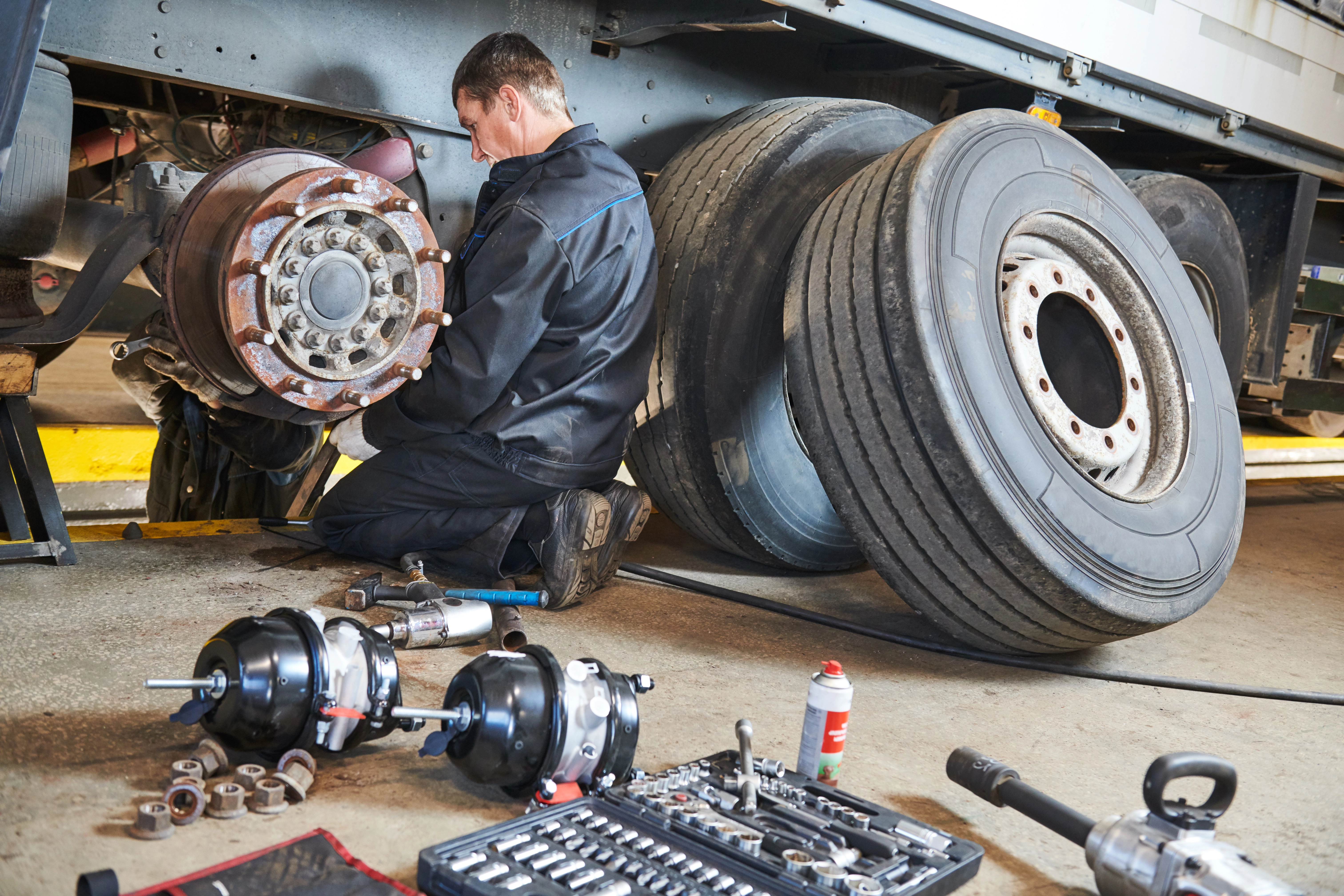Beyond Motor Carrier Compliance: Improving Trucking Safety & Performance

For many, trucking may seem like a straightforward process—pick up a load from the shipper and deliver it to the receiver. However, the 3.6 million U.S. professionals working in the industry know there’s much more to it. No two trucking operations are exactly alike, though many share common characteristics. Factors such as the type of freight hauled, customer requirements, equipment used, and service areas all contribute to unique operational challenges. Additionally, a motor carrier’s customer base, financial stability, company culture, and management approach all influence overall performance and safety.
Safety Challenges in Trucking
With these unique operational factors come specific safety challenges in complying with the Federal Motor Carrier Safety Regulations (FMCSRs). While the industry has made significant strides in improving safety, statistics still highlight areas for concern. According to the Insurance Institute for Highway Safety (IIHS), 4,714 fatalities resulted from large truck collisions in 2021—an alarming 17% increase from 2020.
To better understand the causes of these crashes, the FMCSA and NHTSA conducted the Large Truck Crash Causation Study (LTCCS), analyzing 141,000 large truck crashes. The study identified three key factors contributing to these incidents: driver, vehicle, and environmental conditions.
The Role of the Driver in Crash Prevention
The study categorized driver-related crash causes into four main areas:
- Non-Performance – The driver was physically impaired due to fatigue, a medical condition, or another disabling factor.
- Recognition – The driver was distracted, inattentive, or failed to properly assess the driving situation.
- Decision – The driver made poor choices, such as driving too fast for conditions, misjudging other vehicles' speeds, or following too closely.
- Performance – The driver panicked, overcompensated, or lost control of the vehicle.
These findings reinforce the critical role drivers play in both accident causation and prevention.
Beyond Compliance: Recognizing Safety Excellence
Regulatory compliance is a crucial foundation for fleet operations, but simply meeting the minimum requirements often doesn’t set a fleet apart in the industry. To achieve long-term success, fleets need to adopt strategies that go beyond compliance, ensuring they enhance safety, improve efficiency, and foster sustainability in their operations. Here are four key strategies for fleets to exceed regulatory standards and drive improvement:
1. Utilizing Enhanced Driver Fitness Measures
The well-being of drivers plays a significant role in fleet safety and productivity. While regulatory standards require basic health checks, fleets can improve driver performance and reduce the risk of accidents by implementing more robust fitness initiatives. This can include offering regular fitness assessments, encouraging participation in wellness programs, and focusing on driver education regarding stress management and healthy lifestyles. Investing in driver health not only reduces fatigue-related incidents but also enhances employee satisfaction and retention, benefiting both the driver and the fleet’s operations in the long run.
2. Adopting Fleet Safety Management Tools and Programs
A fleet’s safety management framework should extend beyond simply adhering to legal regulations. By adopting advanced safety management software and tools, fleets can track key safety metrics in real-time, such as driving behavior and vehicle performance. These tools provide fleet managers with detailed insights that help identify potential risks and take proactive actions to prevent accidents or violations. Additionally, integrating continuous safety training for drivers ensures that they stay up-to-date with best practices, improving the fleet's safety record and reducing insurance costs. A comprehensive safety management program establishes a culture of safety and responsibility within the fleet, creating lasting benefits.
3. Implementing Advanced Safety Equipment
Investing in cutting-edge safety technologies enhances compliance while significantly improving fleet safety. Beyond the basic requirements outlined by regulatory bodies, fleets can equip vehicles with advanced systems like collision detection, lane-keeping assistance, and automated braking. These safety technologies help prevent accidents before they occur and protect both drivers and assets. By incorporating these innovations, fleets can see a reduction in incidents, fewer insurance claims, and a better reputation within the industry. Additionally, these technologies often lead to reduced maintenance costs and operational downtime, contributing to the fleet's overall efficiency.
4. Exceeding Additional FMCSA Standards
While the FMCSA sets clear guidelines for fleet operations, fleets that aim for excellence can adopt additional practices that surpass these standards. For instance, adopting a proactive maintenance schedule ensures that vehicles are always in peak condition, reducing the likelihood of breakdowns and ensuring safety. Furthermore, specialized driver training for handling specific cargo, such as hazardous materials or oversized loads, ensures that drivers are fully prepared for complex situations. By implementing these additional measures, fleets not only stay ahead of regulatory changes but also build a reputation for operational excellence and safety that resonates with customers and stakeholders alike.
Conclusion
Going beyond compliance means embracing a proactive approach that prioritizes safety, operational efficiency, and sustainability. By focusing on enhanced driver fitness, implementing advanced safety management tools, adopting state-of-the-art safety technologies, and exceeding FMCSA standards, fleets can create a more resilient and successful operation. These steps not only ensure that fleets meet current regulations but also position them for continued growth and success in an evolving industry.
An insurance company that cares about you and insuring the things you wish to be insured.
Get a Quote> Find an Agent>

